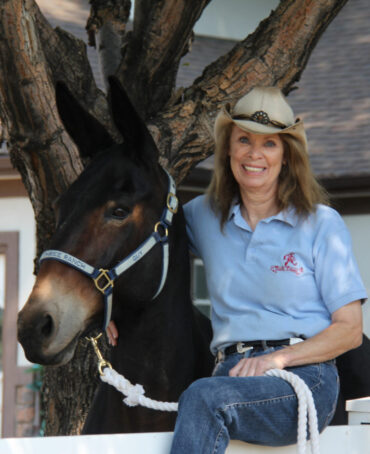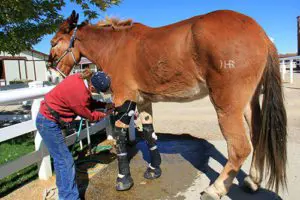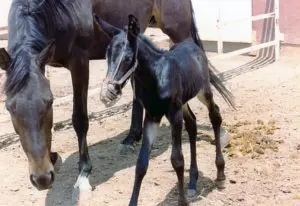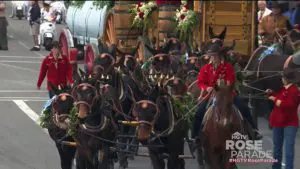 “The passion that Meredith Hodges feels for the equines that she has fought for all her adult life is still as fresh, inspiring and infectious as it was when she first discovered the world of horses, donkeys and mules. She has never wavered in her devotion to them and in her mission to carve a lasting and honored place for them in our world. They are lucky to have her as their champion, but Meredith actually sees it a bit differently. She feels honored and privileged to be a part of their world.”
“The passion that Meredith Hodges feels for the equines that she has fought for all her adult life is still as fresh, inspiring and infectious as it was when she first discovered the world of horses, donkeys and mules. She has never wavered in her devotion to them and in her mission to carve a lasting and honored place for them in our world. They are lucky to have her as their champion, but Meredith actually sees it a bit differently. She feels honored and privileged to be a part of their world.”
View Posts By Category:
Breeding | Donkey Training | Farewells | General Interest
Hearts & Horses | Historical | Interviews | Jasper
Longears People News | Longears Videos | Lucky Three Ranch
Military Mules | Mule Talk! Podcasts | Pack Burro Racing
Showing | Statues & Exhibits | Training | Training Tips

Ground Breaking - Raising the Barn
Hearts and Horses broke ground on a new arena where they will continue to change lives through therapeutic riding. The new arena will be called Lucky Hearts, as much of the funding for the arena was given by Lucky Three Ranch.
Hearts & Horses Virtual Tour
Haven’t made it out to the Hearts & Horses ranch yet? Here’s your chance, thanks to our brand new virtual tour! Discover all of the state-of-the-art facilities designed to heal minds, bodies, and spirits at our 23-acre ranch in Loveland, Colorado.
Latest Podcast

MULE TALK! PODCAST: Rock and Roll: Diary of a Rescue: Part 2
- Hear the amazing story of Rock and Roll – the rescued draft mule team, the discovery of their injuries, and the dedicated team of professionals working hard to give longevity to their lives. There were comebacks and setbacks; this incredible story will touch your heart and soul.
- This episode explains in detail about Roll since the passing of his half-brother, Rock. They spent many years together hitched and pulling a wagon.
Learn more on Mule Talk podcast.
All Posts

MULE CROSSING: Donkey Training, Part 8

MULE CROSSING: Donkey Training, Part 9

MULE CROSSING: Donkey Training, Part I0

MULE CROSSING: Donkeys: The “Sinking” Reflex

MULE CROSSING: Myths About Desensitization

Prey or Predators?

MULE CROSSING: Equine Behavior: Look Who’s Talking! Part 3

MULE CROSSING: Neonatal Isoerythrolysis

MULE CROSSING: Establishing Management Practices for N.I. (Neonatal Isoerythrolisis)

MULE CROSSING: Equine Behavior: Look Who’s Talking! Part 2

MULE CROSSING: Differences Among Horses, Mules and Donkeys




